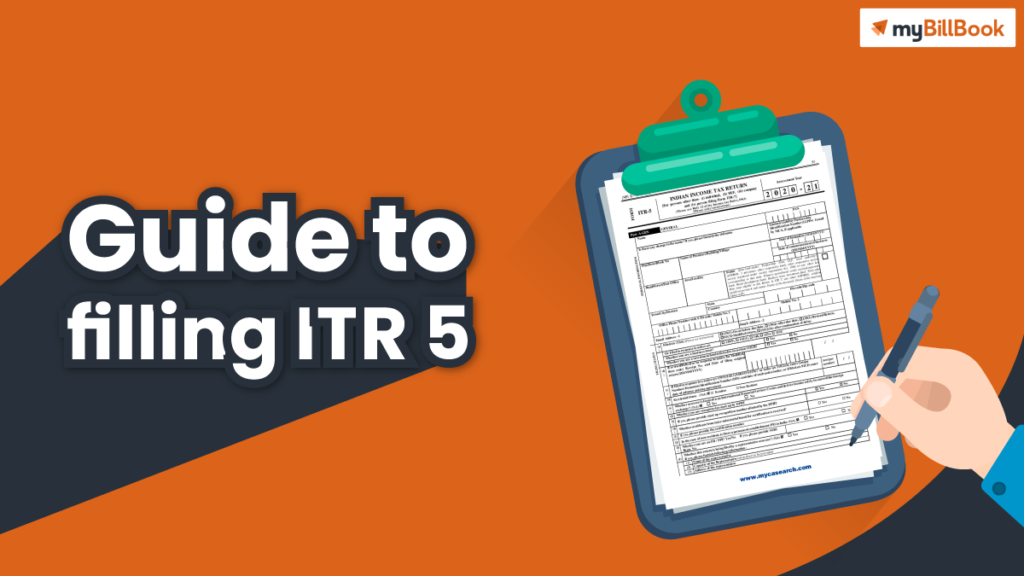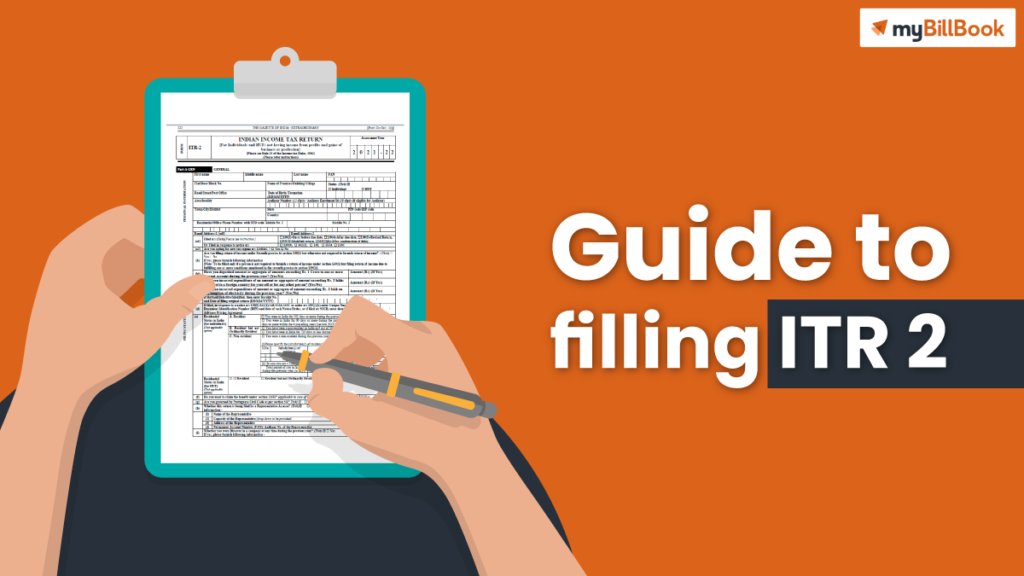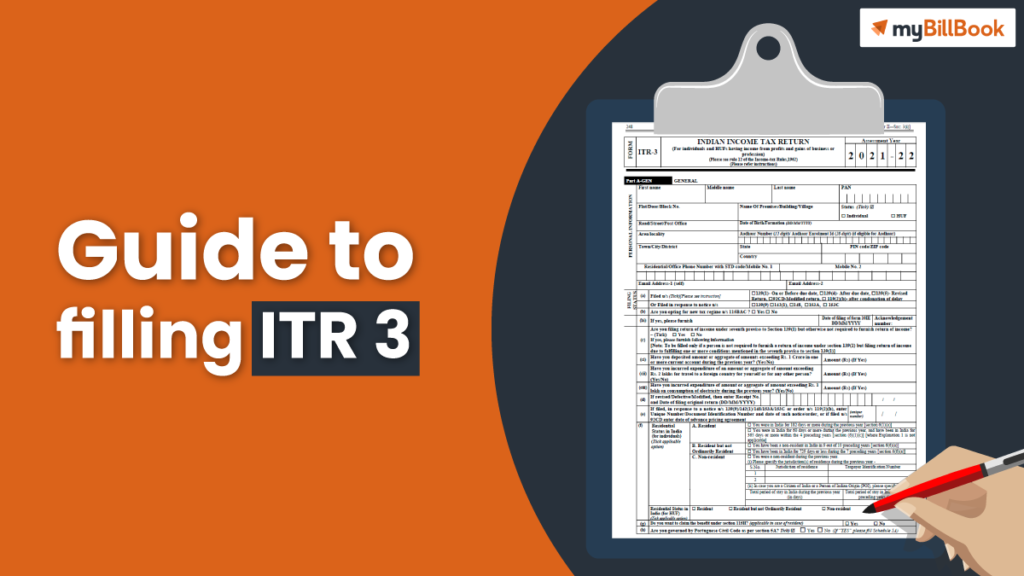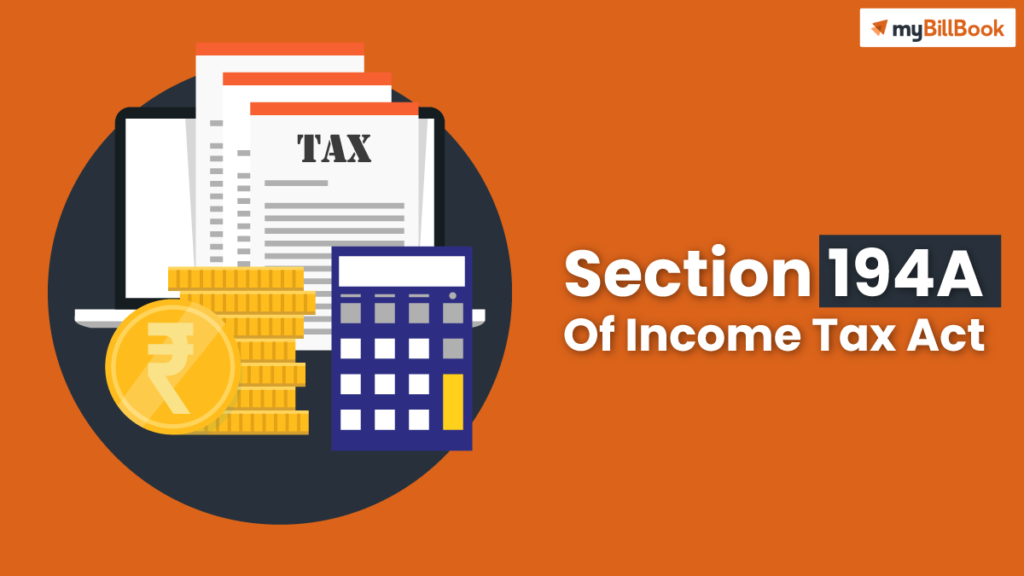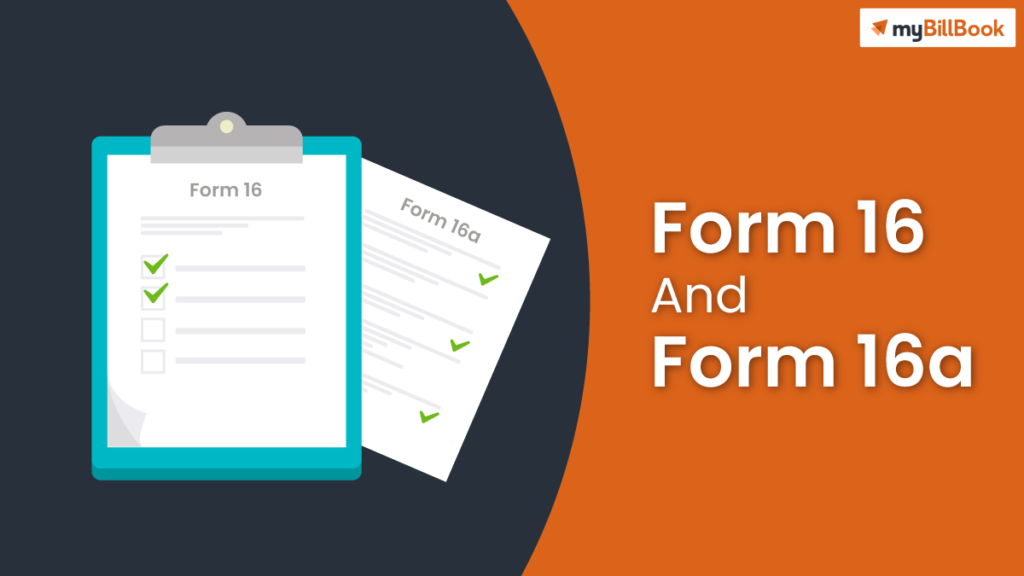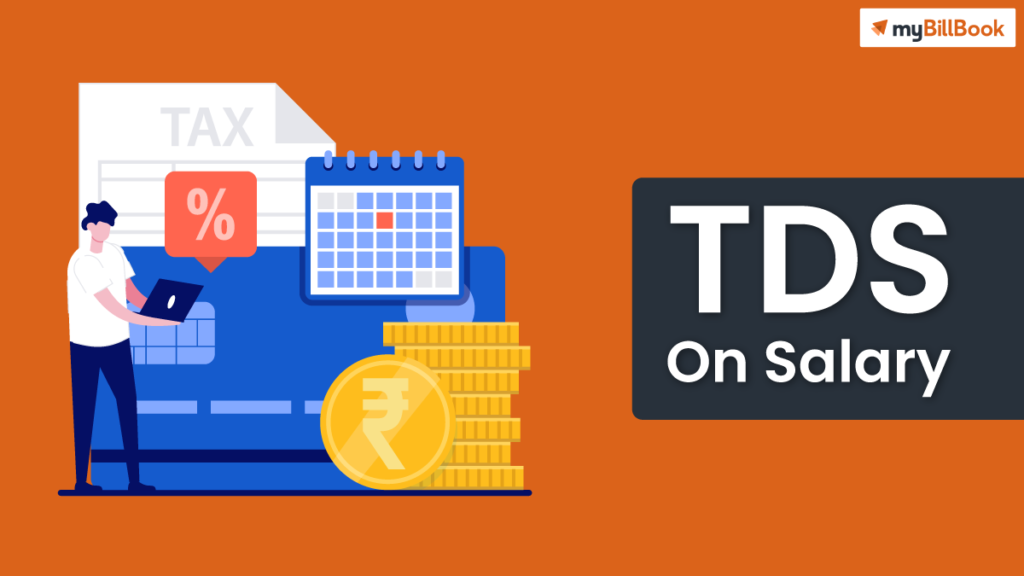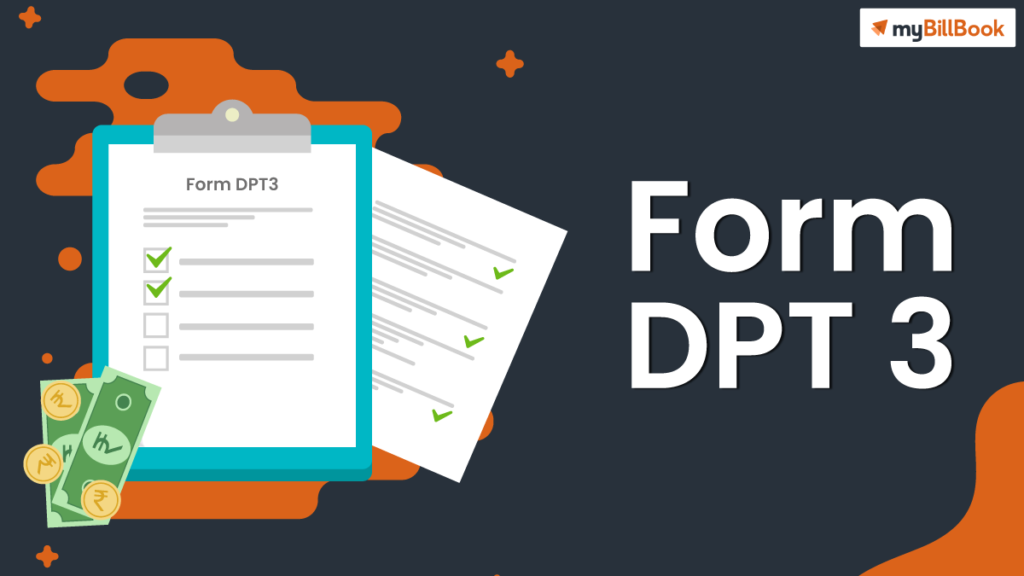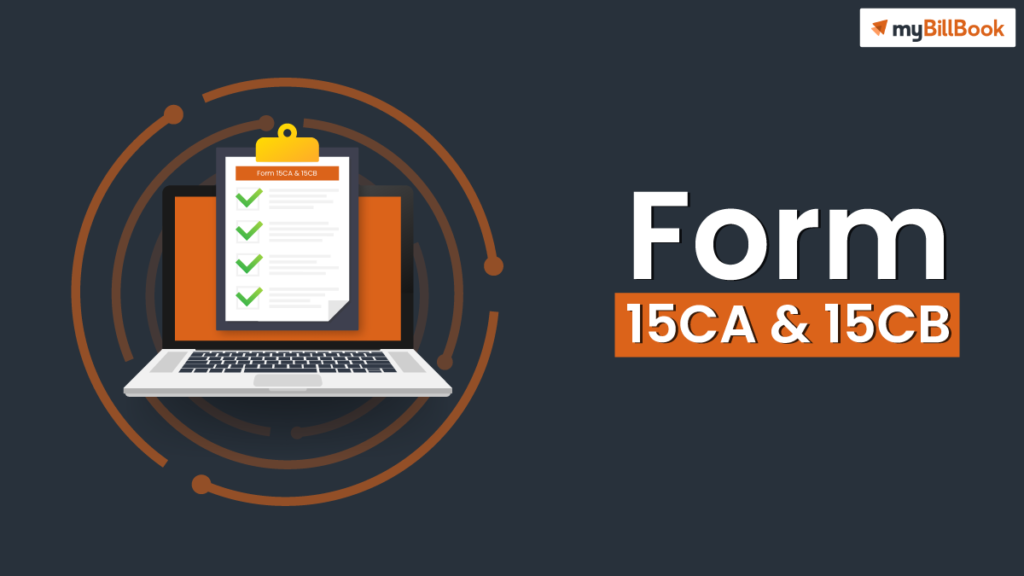ITR 5 means a type of form which needs to fill for the income tax return. But this is not for any individual or HUFs. More details regarding who is eligible to file ITR-5or ITR 5 for whom can be seen below. In order to furnish ITR form 5, the assessee must follow several mandatory… Continue reading ITR 5
Category: TAX
Read Articles on TAX
ITR 2
The ITR2 should be applied as per the category of the source of income and the taxpayer to ensure easy compliance. As a matter of fact, the ITR 2 can be filed only by HUFs and individuals who do not generate any earnings from profession or business. One can visit an e-filing portal to file ITR2 online… Continue reading ITR 2
ITR 3
Income Tax Return has several forms, and people are required to file each form based on their business or profession and income from these. Anybody who falls under the benchmark of ITR must mandatorily file the ITR without any fail. This guide is all about ITR 3, and you can learn about who can file… Continue reading ITR 3
ITR 4 Form
On the 7th of June, 2021, the Income Tax Department has announced an update about its new e-filing website that has been soon going to replace the current portal www.incometaxindiaefiling.gov.in. This new portal would be user-friendly thereby offering a great e-filing experience to the taxpayers. In fact, this website makes sure that the taxpayers should have… Continue reading ITR 4 Form
Section 194A of Income Tax Act
What is Section 194A? Deduction of TDS on interest on items other than securities, such as interest on fixed deposits, loans, and advances from non-bank sources, is covered by Section 194A. This section applies only to residents. Thus, the limitations of section 194A do not apply when paying interest to a non-resident. The TDS method… Continue reading Section 194A of Income Tax Act
Form 16 And Form 16A
When it comes to Form 16 and Form 16A, both are important for taxpayers as they have a vital role in regulating the payable tax amounts. Also, they are necessary to file income tax returns as both documents are quite confusing for the taxpayers. Therefore, taxpayers should understand the difference between both forms to ensure a smooth tax… Continue reading Form 16 And Form 16A
TDS on Salary – Section 192 of income tax
Everyone is aware of what a TDS or Tax Deducted on Source is. But some people may not be aware of how it is calculated on the salary and when TDS is deducted from their salary. This guide is all about Tax Deducted at Source on Salary, which means you will get a clear understanding… Continue reading TDS on Salary – Section 192 of income tax
New Income Tax Portal: 5 important changes that businesses should know
The income tax department has launched the new income tax portal on 7th June 2021. The e-filing portal 2.0 is set to smoothen the e-filing services for the taxpayers of the country. The department sent this message to the taxpayers on the release date – “Dear taxpayer, The Income Tax Department is happy to inform… Continue reading New Income Tax Portal: 5 important changes that businesses should know
FORM DPT 3
What is DPT-3 Form DPT 3 was notified to protect the interests of the Company’s deposit holders or creditors, the Central Government in consultation with the Reserve Bank of India (RBI) in the Companies (Acceptance of Deposits) Amendment Rules, 2020 to amend the Companies (Acceptance of Deposits) Rules, 2014. DPT-3 is an annual return that… Continue reading FORM DPT 3
Form 15CA and 15CB
Any payment or remittance made to a non-resident is subject to a plethora of laws and regulations. Initially, when a person made a payment or remittance to a non-resident, he was required to include a certificate in the format prescribed by the RBI. Re-filling of data in certificates is now implemented to verify and trace… Continue reading Form 15CA and 15CB

